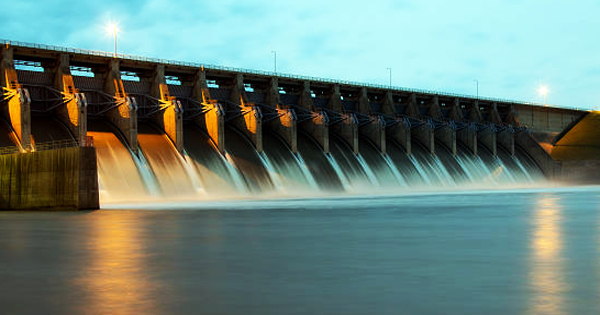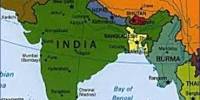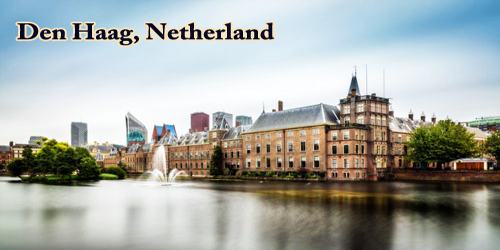According to McGill University experts, proposed hydropower expansions may possibly cut over 260,000 kilometers of river. The Amazon, the Congo, and the Irrawaddy are just a few of the rivers that might lose their free-flowing status if new hydroelectric dams are built as planned.
The study, headed by the World Wildlife Fund and just published in Global Sustainability, found that planned dams and reservoirs are major contributors to the global decrease of free-flowing rivers. It also includes a thorough list of science-based recommendations for reducing the negative effects of river hydropower development.
Hydropower became a viable source of energy in the late 1800s, a few decades after British-American engineer James Francis invented the first practical water turbine. Along the Fox River near Appleton, Wisconsin, the world’s first hydroelectric power station started functioning in 1882.

“We used a dataset of more than 3700 potential hydropower projects and calculated their impacts on rivers worldwide,” says Prof. Bernhard Lehner from McGill University’s Global HydroLab, who created the underpinning global river maps. “It was depressing to discover that many of today’s free-flowing rivers are in danger of being permanently altered by new energy infrastructure.”
Furthermore, the study finds that all proposed dams on free-flowing rivers would generate less than 2% of the renewable energy needed by 2050 to keep global warming below 1.5 degrees Celsius, a small contribution with potentially devastating consequences for the remaining free-flowing rivers, as well as the people and wildlife who rely on them.
As world leaders gather this autumn for a key series of UN climate and biodiversity summits, the researchers recommend that governments think about the tradeoffs between hydropower growth and maintaining healthy freshwater ecosystems. The five major hydropower producers are China, Brazil, Canada, the United States, and Russia. Three Gorges (Sanxia) on China’s Yangtze River, which is 1.4 miles (2.3 kilometers) wide and 607 feet (185 meters) high, is the world’s biggest hydroelectric project in terms of installed capacity.
The Itaipu plant, which is located on the Paraná River between Brazil and Paraguay, generates the most power yearly. The Grand Coulee Dam on the Columbia River in Washington, which obtains roughly two-thirds of its electricity from hydropower, is the country’s largest hydroelectric facility.
Looking at the tradeoffs Hydropower development vs. environmental costs –
“It is true that hydropower is a source of renewable energy with relatively low carbon emissions,” says Günther Grill, a post-doctoral fellow at McGill who crunched the numbers and developed the spatial environmental assessment model to estimate the effect of future dams. “Hydropower projects, on the other hand, can have a long-term and irreversible influence on river and floodplain dynamics and functions, especially in tropical wilderness regions with abundant biodiversity.”
Connected and healthy rivers provide a variety of benefits that are often overlooked, including freshwater fish stocks that improve food security for hundreds of millions of people, sediment delivery that nourishes agriculture and keeps deltas above rising seas, and floodplains that help mitigate flood damage and support a diverse range of biodiversity.
“When it comes to river health, climate change and biodiversity loss, we can no longer afford to think of these as separate issues,” says Michele Thieme, lead freshwater scientist at World Wildlife Fund (WWF) and lead author of the study.
“Rivers are important for keeping animals and populations healthy, especially in a changing climate, but hydroelectric dams are threatening their capacity to support life in many areas of the world. The greatest policy solutions will be those that strike a balance between the demand for renewable energy and the numerous advantages of healthy freshwater ecosystems.”
Safeguarding free-flowing rivers while meeting climate targets and energy needs –
The researchers have produced a list of science-based policy proposals for reaching climate and energy objectives while simultaneously protecting free-flowing rivers and the benefits they provide to people and environment in the article. Avoiding river fragmentation by exploring alternative development options such as non-hydropower renewable energy sources such as solar and wind; minimizing impacts by siting dams in locations with fewer consequences for people and nature; restoring rivers through dam removal; or offsetting the negative impacts of dams on one river by formally protecting another, similar river are some of these solutions.
“There has been a long history of conflicts, studies, and debate over how to both protect rivers and develop them sustainably,” adds Lehner. “With the global pandemic causing a pause in new developments, the Paris Agreement expected to be fully implemented in 2021, and high-level global climate and biodiversity meetings in 2021, now is an ideal time to consider the current trajectory of development and policy options for reconciling dams with freshwater system health.”
The research was funded in part by WWF in Washington, DC and by McGill University in Montreal, Quebec, Canada.
















